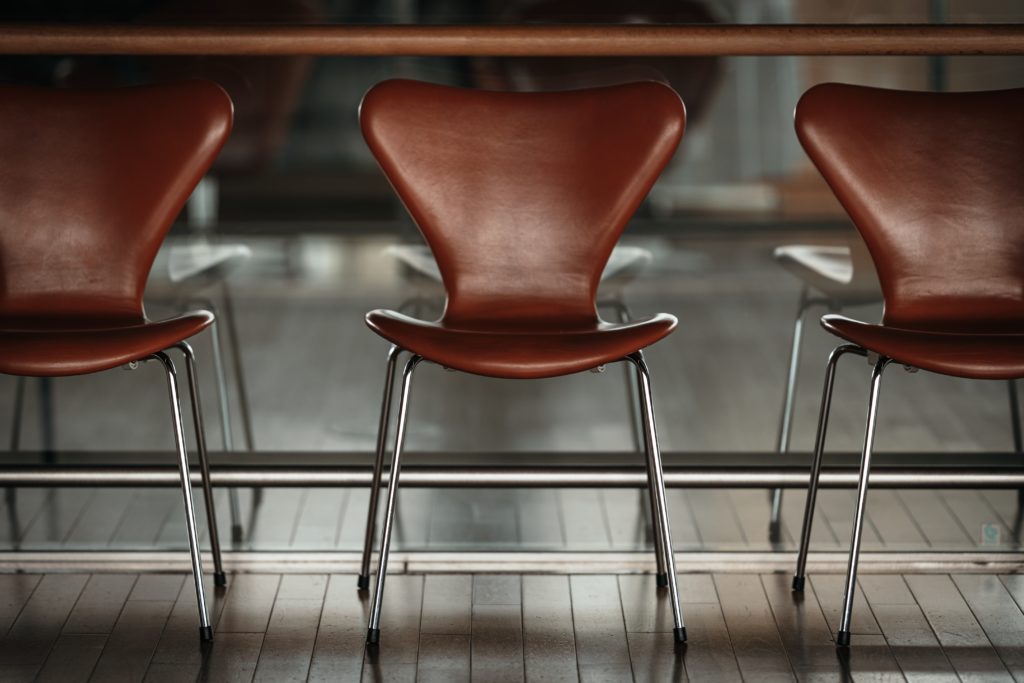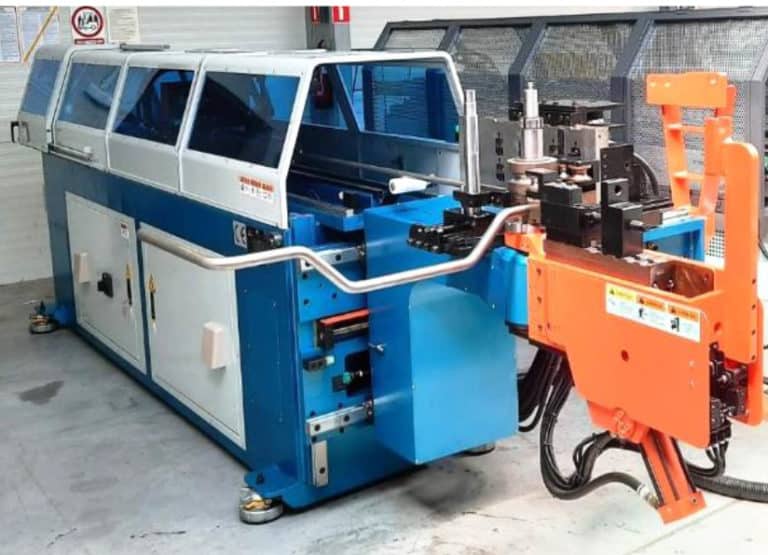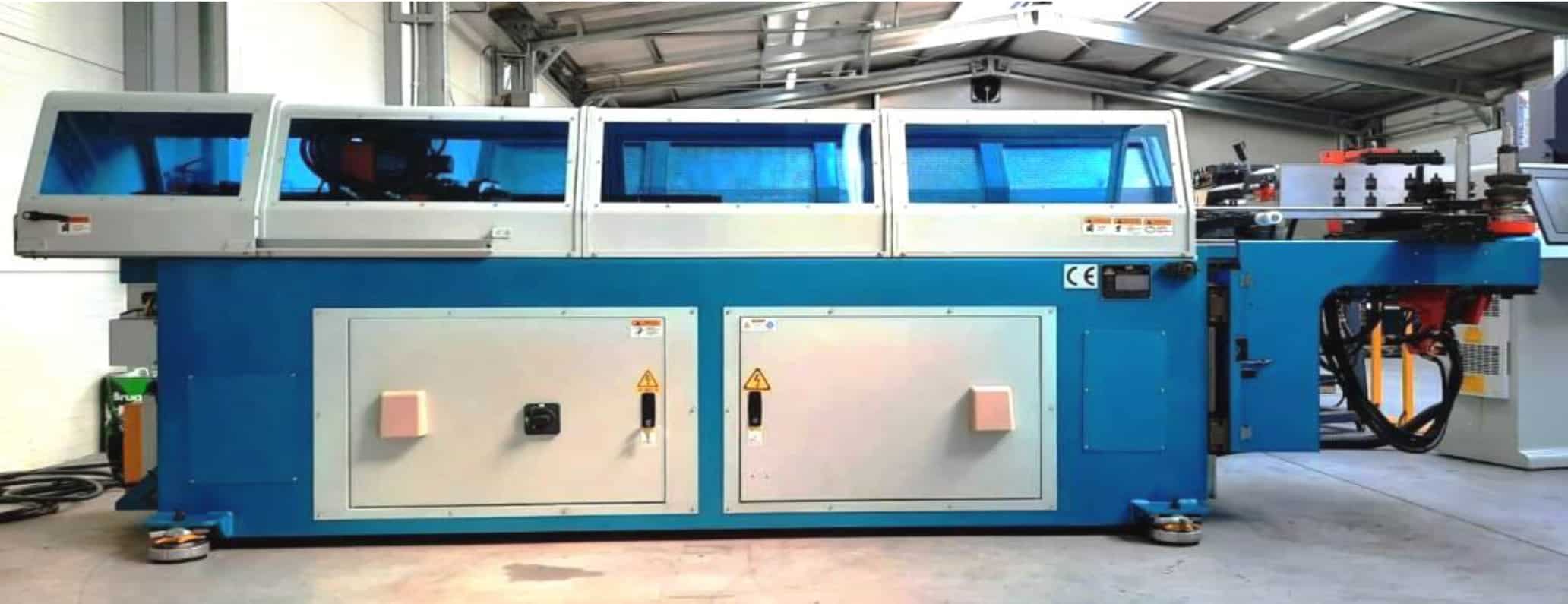
Metal furniture has been a popular choice in interior design for many seasons. Raw constructions can be found in both industrial and minimalistic—and even more unusual—art deco designs to add the effect of solidity and austerity to richly decorated spaces. The popularity of metal furniture is constantly growing, not only due to its appearance but, above all, due to its extraordinary functionality, ease of maintenance, and the longevity of individual elements. Metal elements of the decor create a unique industrial atmosphere, which, when broken with a wooden finish, takes on warmth and coziness. The combination of materials gives metal furniture its attractive and fashionable appearance, which is typically characterized by simple and neutral shapes.
Bending pipes and profiles, i.e., a method of producing metal furniture
What is the bending of pipes and profiles?
Bending is the process of permanently changing the curvature of a material, usually metal, as part of material processing technology. Bending pipes and profiles can be done in two ways to achieve the desired result. If we want the final product to be a curved, twisted, or bent object, this method is called “bending.” The second method is bending to straighten the workpiece. This process is known as “plastic straightening.” The bending of pipes and profiles is performed with the use of specialized presses, dies, press brakes, and the method of wrapping on a template or rollers. Bending pipes and profiles doesn’t affect the technical properties or the appearance of the material.
Bending pipes and profiles is a mechanical process that requires skill and experience. The advantages of bending are most often used in the process of shaping metal parts. Bending profiles and pipes are aimed at giving the required spatial shape to a given element without changing its functionality. Bending pipes and profiles involves stretching some of the fibers of the material while tightening other elements. As a result, we get an object with an altered curvature.

What types of pipe and profile bending are there?
Bending of pipes and profiles can take place both at extremely high and low temperatures. Such procedures are called “hot or cold bending.” The hot bending of pipes and profiles is mainly used for thicker materials, while the cold bending method is perfect for thinner materials. The key issue when bending pipes and profiles is to ensure the integrity of the individual fibers. If this is not guaranteed, then the bending is likely to be unstable.
What is the use of bending pipes and profiles in the furniture production process?
Bending pipes and profiles is useful at every stage of furniture production. It works great both for the production of table, bench, and chair legs as well as when we want to obtain more complex shapes, such as wardrobe decorations, bed frames, frames, and many, many others.
What are the benefits of bending pipes and making profiles for metal furniture?
Bending is a popular and effective way to shape metal for making furniture like benches, tables, and chairs. It’s also an eco-friendly option. Bending pipes and profiles will allow you to easily, and without additional cost, prepare table legs and bench backs, and even allow the production of complete chairs, etc. Bending does not change the parameters or physical properties of a given material, so the elements made using this method are solid, durable, and durable. Bending pipes and profiles offers a guarantee of repeatability of bent elements, which is extremely important in the production of large series and collections of metal furniture.
Why is the bending of pipes and profiles the best in the production of furniture?
Bending pipes and profiles is popular in furniture production because it offers flexible design options, are cost-effective, and have a fast turnaround time for repetitive parts. It’s also an eco-friendly option and has an attractive price.


